Making laborious apple cider is doubtless among the finest strategies to guard your apple harvest. After following the instructions on Strategies to Make Exhausting Cider, study on to check (from my husband Brian) recommendations on how you can rack and bottle your laborious apple cider.
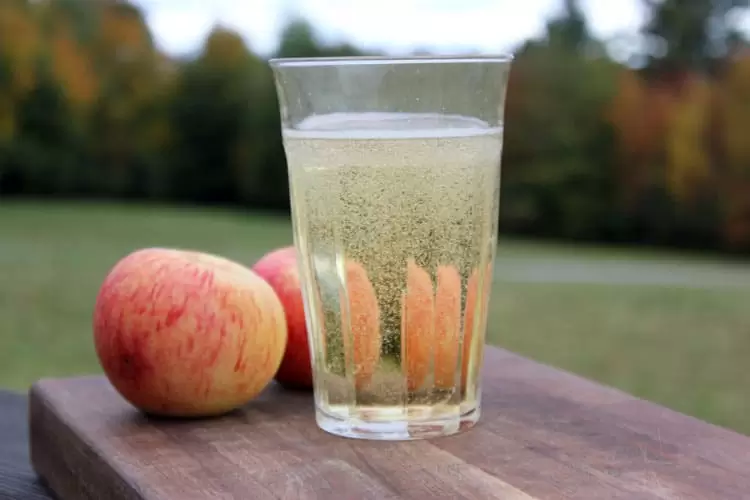
We left off collectively together with your batch of freshly pressed cider luckily sealed in a vessel. It is perhaps barely cloudy from the tiny particles of apple that made it via the strainer, a wonderful sign of freshly pressed juice. Now, naturally occurring wild yeasts eat the apple cider sugars, reproduce, and eat further, and inside the course of excrete alcohol and carbon dioxide gasoline.
The alcohol we have to protect, nonetheless the gasoline desires to flee, in some other case your vessel will explode from the stress. That’s what the air lock inside the carboy or jug is there for: to allow the carbon dioxide gasoline to flee, nonetheless merely as importantly, to forestall any air or micro organism out of your room to enter into the cider and bitter it.
As a result of the cider ferments, you may uncover tiny bubbles streaming up the sides of the glass and burping out the carboy. In some unspecified time sooner or later, these bubbles will sluggish and just about stop. How prolonged this takes is decided by how sweet the apples had been, the vigor of the yeast, and the ambient temperature, nonetheless on the very least it should take spherical a month for the fermentation course of to finish.
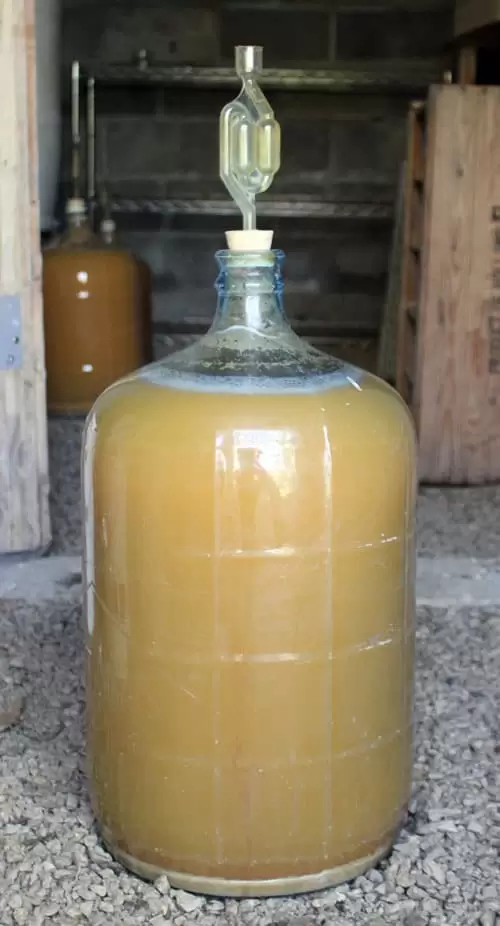
To Rack Your Exhausting Cider, or Not?
At this degree you might need a range: Do you have to don’t ideas barely cloudy cider, and likewise you’re excited to start ingesting it, you might probably bottle it at this degree. Nonetheless, many dwelling brewers will “rack” their cider, which merely implies that you just siphon out the cider into one different clear container of the an identical measurement, and go away the sediment layer or “lees” on the underside of the first carboy.
Siphoning, reasonably than pouring, means you could change the cider with out agitating it or stirring up the sediment on the underside. (The sediment is made up of ineffective or dying yeast cells and efficient apple pulp; it’s truly edible, nonetheless could give your cider an off or bitter style.) Home brew present retailers promote low-cost tubing and ends that are designed to efficiently siphon the liquid and fill bottles with out spillage (see present report).
Present File for Racking and Bottling Exhausting Cider
Strategies to Rack Exhausting Apple Cider
To start out, set your carboy on a desk, and place your new, clear container underneath it. Start siphoning the cider into the one underneath, being cautious to not let the inflow end dive down and start sucking up the yeast sediment.
To start out out a siphon, you probably can each fill all of the hose with water then quickly submerge the tip, otherwise you probably can suck on the downhill end.
Now merely fill the lower carboy.
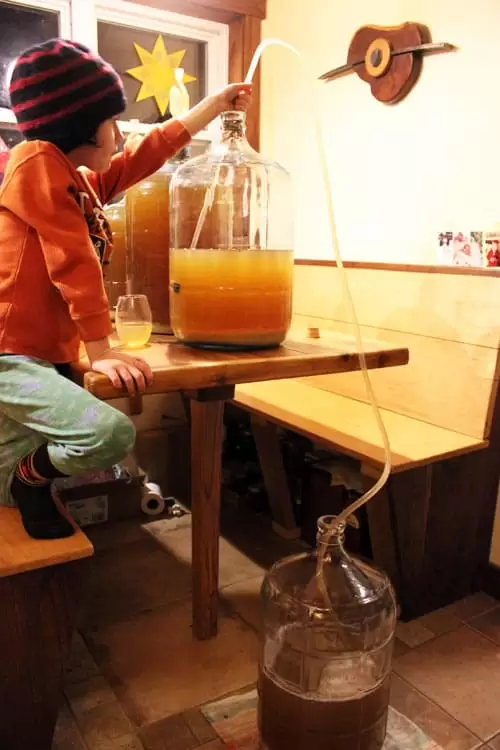
When fermenting in carboys or jugs, it’s most interesting to have the extent of your liquid inside an inch or two from the very best. After siphoning into the model new container, the extent of liquid may be barely lower than you’d like because you left the lees behind. You may excessive it up with just some further cups of sweet, freshly pressed cider, clear water, or honey water. Join the airlock as soon as extra, and place your carboy in a cool location.
Strategies to Carbonate Exhausting Cider
Do you have to added further sweet cider or honey water, likelihood is you may uncover a bit further effervescent train inside the coming week, nonetheless don’t worry whenever you don’t see rather a lot. The precept perform of this secondary fermentation is to allow the cider to complete its fermentation and start to clear and age. You’ll uncover the clear amber golden color as a result of the weeks go on, along with one different (rather a lot smaller) layer of sediment forming on the underside.
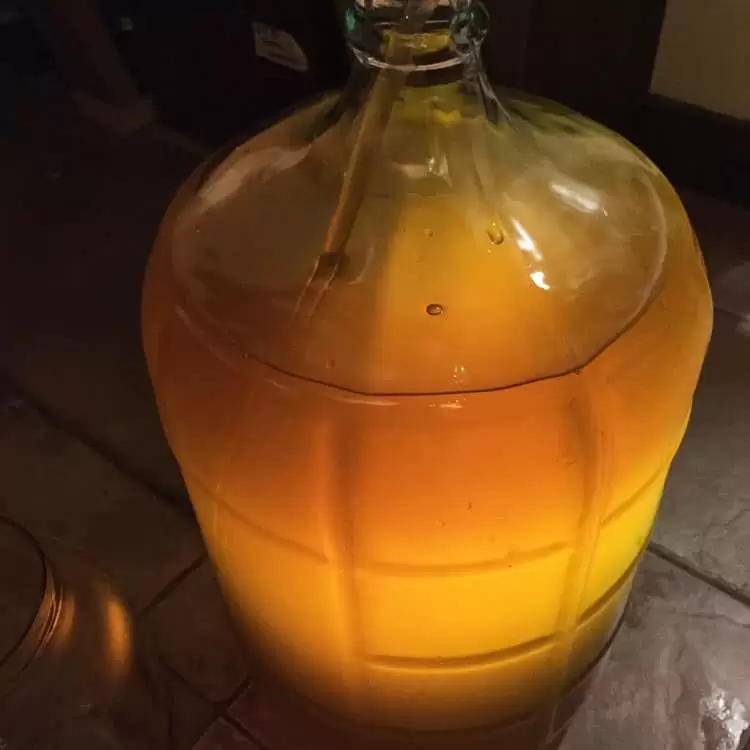
At this degree you probably can retailer this very safe cider for months in a cool darkish location. Definitely, that was how most early homesteaders saved their cider – in bulk containers like wooden casks or barrels, down inside the basement the place they may recurrently faucet some off for use.
Nonetheless, most trendy homesteaders and cider aficionados usually like cider glowing or carbonated.
There are two strategies you probably can carbonate your cider: Bottle it with just a bit priming sugar, or pressurize it with a keg and CO2 system. I obtained’t cowl the keg system, but it surely absolutely’s truly a useful system whenever you brew beer or cider steadily and, after the preliminary expense, it should ultimate you years with solely the value of refilling your CO2 canister. It’s possible you’ll as nicely use it to carbonate completely different drinks like kombucha or handmade soda.
Strategies to Bottle Exhausting Cider
Bottling takes slightly little bit of time and effort, nonetheless implies that you should use the magic of fermentation to offer glowing cider with no pricey gear other than a straightforward information bottle capper and caps, or a present of flip-top bottles (see present report).
Put collectively your bottles for use by washing them in scorching soapy water and a scorching rinse. A five-gallon carboy of cider will fill roughly 50 widespread (12 oz) beer bottles. Using greater beer bottles or cap-able glowing cider bottles will suggest a lot much less cleaning and bottling work, nonetheless ensure you employ bottles which are supposed to take care of carbonated stress, as completely different sorts could explode.
The carbonation course of makes use of the movement of the yeast to your revenue. By means of the preliminary ferment, you allowed the carbon dioxide to escape via the air lock. Now, you may seize that gasoline that is customary when sugar is digested, and let it assemble up a small amount of stress in each bottle, which makes the cider “glowing.”
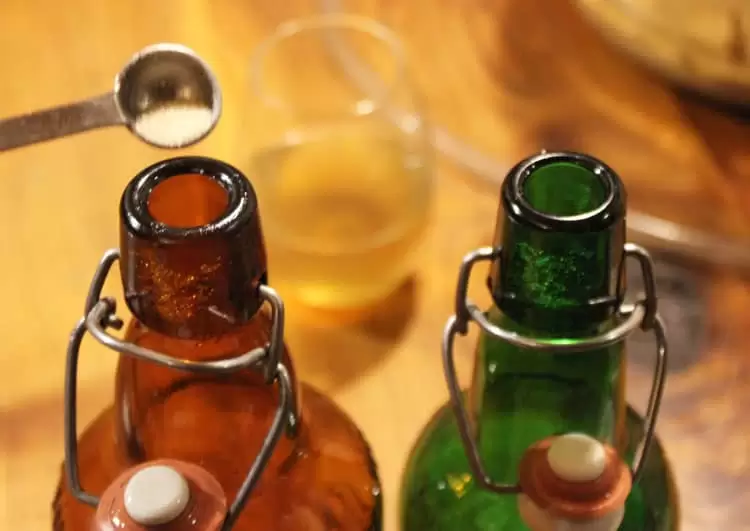
At this degree, nonetheless, your cider could also be very dry, which implies most or all of the sugar has been fermented. So it’s compulsory in order so as to add a small amount of sugar to each bottle to feed the remaining dwelling yeast in your cider merely enough to offer the gasoline important to carbonate the bottle.
Though a bit tedious, take the time to measure out 1/2 teaspoon of priming sugar into each bottle.
Place your carboy on a tabletop flooring like for those who racked, and assemble your bottles underneath. I wish to suggest the bottle filler attachment to your siphon hose, as a result of it shuts off every time you flip bottles and leaves the best air space inside the bottles as you pull it out.
Though non-compulsory, the bottling course of strikes rather a lot sooner with two or further people: One fills bottles, the alternative strikes new ones in place, a third could start the capping course of.

As quickly as capped, you should let your bottles sit at room temperature for 3-4 days to jumpstart the bottle fermentation course of, after which retailer your cider bottles in a cool location. Usually your cider could be carbonated and capable of drink inside per week!
Profit from the hardly sweet, tangy, glowing goodness of your property made laborious apple cider!
Pin it!
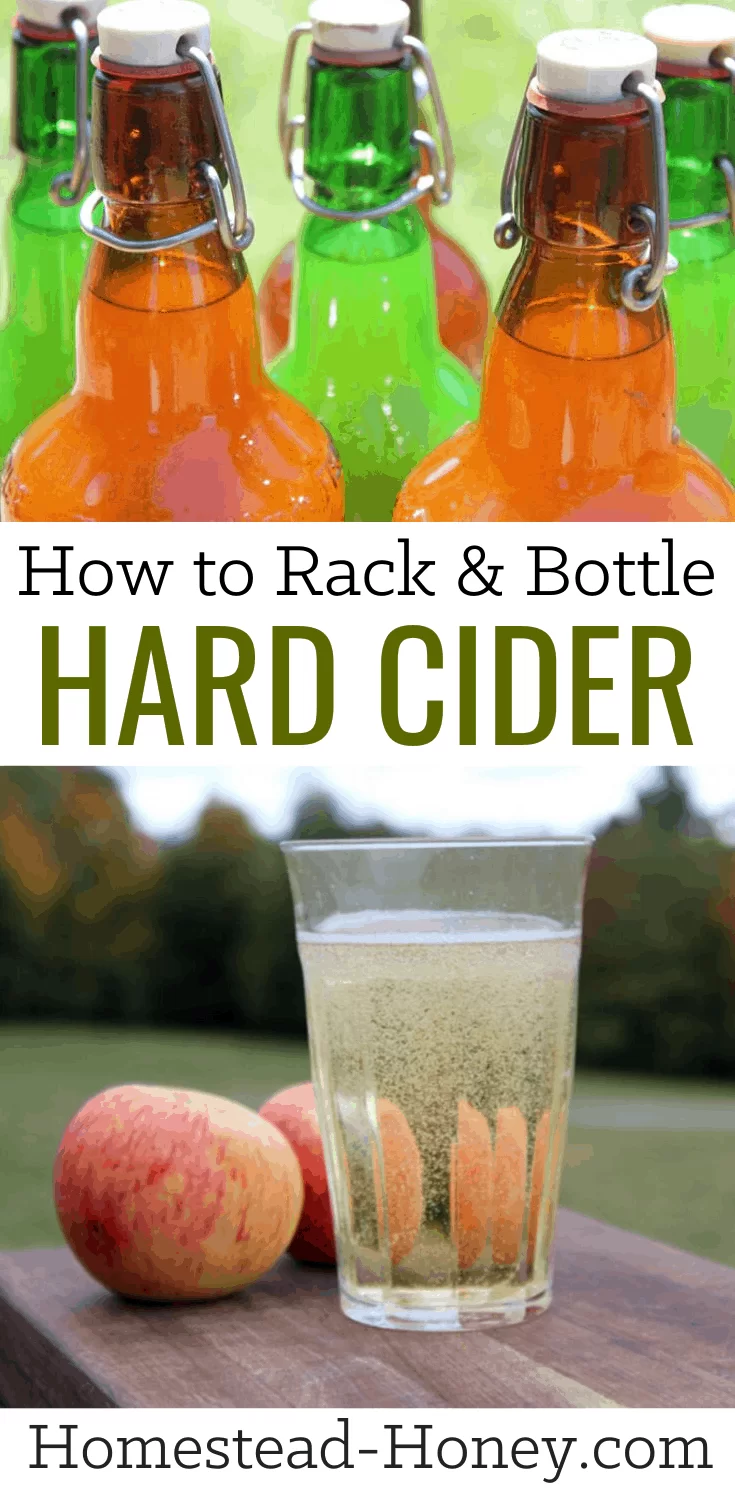
Further homesteading inspiration!
